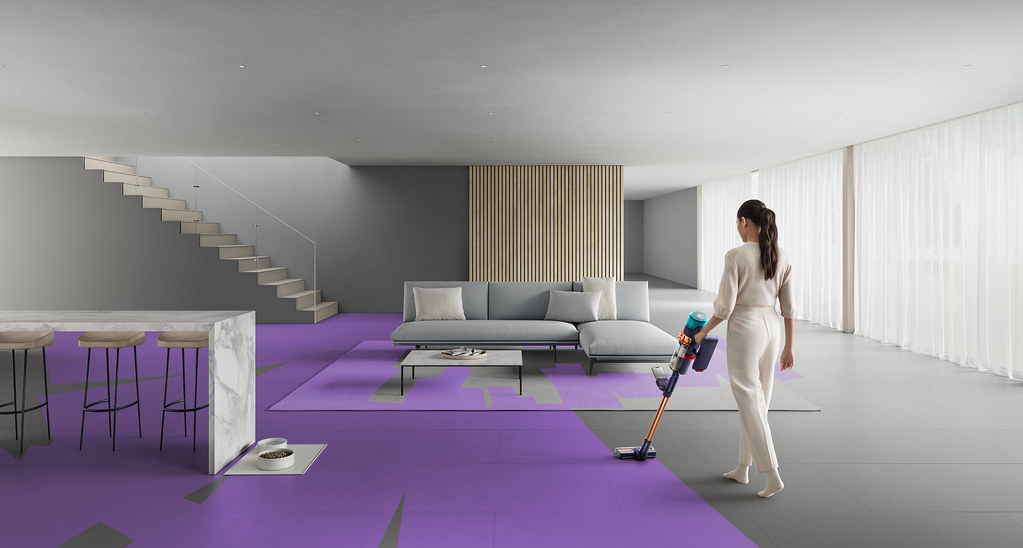CES mainstay ASUS proved that it’s still no slouch when it comes to drool-worthy announcements. The Taiwan brand unveiled a bunch of devices at the Consumer Electronic Show this year covering laptops and smartphones. For this particular brand, expect a foray into dual rear camera tech for their new phone, laptops for major price points, and even new components for desktop users.

Laptops
This year, ASUS decided to up its laptop game by releasing several upgrades to their existing models, all powered by the newest-generation Intel Kaby Lake processors. First up on the block is the ASUSPro B9440, a device that snatched the claim of lightest 14-inch business notebook in the world. Achieving its 2.3 pound figure had ASUS encasing the B9440 in a magnesium alloy chassis which also added durability in addition to shaving off some weight. The full HD screen is common fare with business-class notebooks, and this time, ASUS decided to put in a spill-proof keyboard into the mix. The ASUSPro B9440 comes in 8GB or 16GB LPDDR3 RAM variants, with internal storage options maxing out at 512GB SSD. Prices start at $999 and will be available starting in May.
The ZenBook family of laptops also came in with Kaby Lake upgrades. The UX410 has a 14-inch QHD+ screen, a super thin 6mm bezel, up to Core i7 processors, up to 16GB RAM, and Harman Kardon audio tech. If you’re looking for a little more kick to your laptop, the UX510 features a 16-inch 4K UHD screen, your pick of the latest 7th Generation Intel Core processors, up to 16GB DDR4 RAM, and an NVIDIA GTX 950 graphics card for a little bit of gaming on the side.
Desktops
ASUS’ all-in-one solution is the Zen AiO series, which also had new offerings this year. The flagship Zen AiO Pro Z240IE has a 24-inch 4K UHD display at the forefront. Within the brushed aluminum body is a 7th Generation Intel Core processor of your choice, up to 32GB of DDR4 RAM and an NVIDIA GTX 1050 graphics card. The other models also feature Kaby Lake processors with NVIDIA GTX 940MX GPUs this time around and the only difference being that the Zen AiO ZN241IC is a 24-inch all-in-one (similar in screen size to the Pro Z240IE), while the Zen AiO ZN270’s display is a 27-inch affair.
Hardware
ASUS dropped a new batch of motherboards at CES 2017, delivering performance and customization options to desktop enthusiasts. The Z270 series of motherboards are optimized for Kaby Lake processors, and have ROG, Strix, and TUF variants, depending on how deep you are into the master race lifestyle. The new motherboards can be overclocked up to 5GHz and have the 5-Way Optimization feature, allowing you to tweak your CPU and DRAM load settings depending on what you are currently doing. The boards have Aura Sync, which can link up to your other Aura Sync-enabled components so that your light show is consistent. Lastly, the boards also feature cosmetic customization options in the form of 3D-printed parts. The onboard mounts take M.2 screws, so you can be free to have your own components like name plates, cable covers, SLi bridge covers, and even fan holders.
Smartphones
It’s a known fact that the ZenFone put ASUS on the map. The reception may have cooled down a bit, but ASUS is hoping to bring the magic back with a few impressive-looking offerings: the ZenFone 3 Zoom and the ZenFone AR.
Teased a few days ahead of CES 2017 thanks to an early blog post from Qualcomm. The ZenFone AR is the second mobile device with Google Tango and Daydream capabilities. If you’re wondering what these are, Tango is Google augmented reality program while Daydream is the one that handles virtual reality. The ZenFone AR has a Snapdragon 821 processor with a Super AMOLED display for maximum enjoyment when viewing YouTube, Netflix, Hulu, or even Google Street View in VR. It has 6GB RAM like its other current-gen ZenFone cousins, and Android 7.0 Nougat. The best part about the phone would definitely be the cameras: a 23 megapixel, a motion tracking camera, and a depth-sensing camera all neatly arranged at the back of the device.
The ZenFone3 Zoom has lesser cameras than its AR cousin, but these also have specific purposes. One is an f/1.7 aperture, 25mm lens while the other is a 59mm lens with 2.3x optical zoom. Both shoot 12 megapixel photos and come with a lot of retouch tools baked in the camera app, including what ASUS calls SuperPixel, which intelligently adjusts ISO levels and applies noise reduction after you take your photos, possibly allowing the phone to be twice as light sensitive as the iPhone 7 Plus. Another winner for the ZenFone 3 Zoom is the 5,000 mAh battery, which makes it move slightly ahead of competitor phones in its price range. The phone has a 5.5-inch super AMOLED display, up to 4GB of RAM, dual-sim capability, and a Mali T720MP2 graphics processor to round out the specs.















